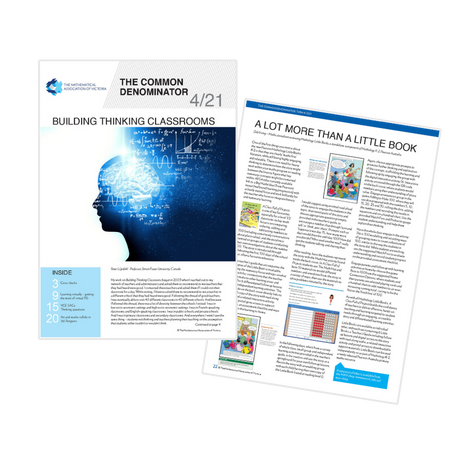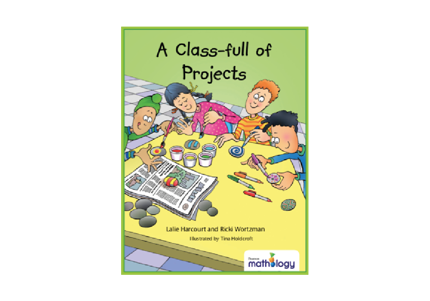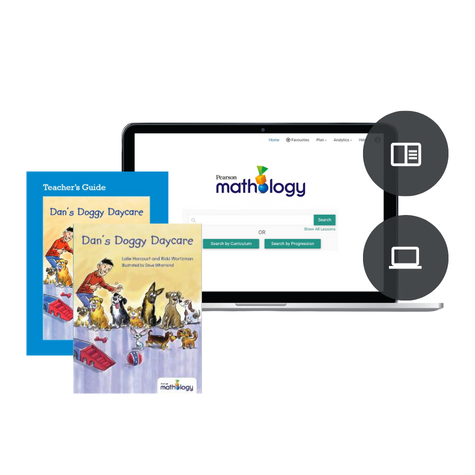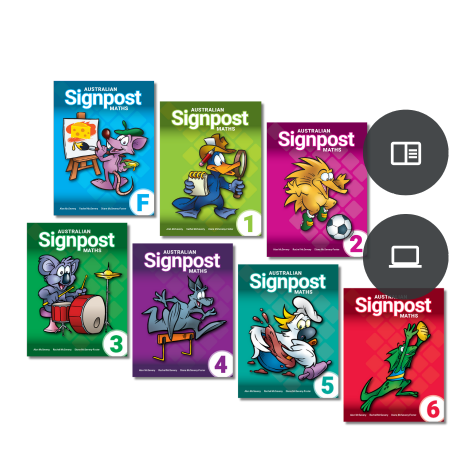One of the first things you notice about the new Pearson Mathology Little Books F-3 is that they are clearly ‘maths first’ literature, while still being highly engaging and relatable. There is no need for heavy thinking to determine how the story might work within your maths program or reading between the lines to figure what key numeracy concepts might be contained within. All 63 titles currently available link to a Big Maths Idea* with a clearly stated focus and work brilliantly for the teacher who loves to integrate literacy and numeracy learning.
|
A Class Full of Projects is one of my favourites, especially for a level 1/2 classroom; it’s key maths focus is on comparing, ordering, adding and subtracting numbers to 100 (including some lovely conversations about place value), and the storyline is centred on groups of students conducting their own investigations about the number 100. The story is introduced through celebrating the first 100 days of the school year, often a favourite milestone for teachers and students alike. The Teacher’s Guide that accompanies the 6 copies of the Little Book is invaluable, clearly stating the numeracy focus with tips on what to watch for, connections that the teacher might make to other learning areas and ideas for 6 differentiated follow up lessons and 5 independent learning activities. The QR code on the back cover directly links to a digital copy of the story with read along audio and a related interactive activity. A digital portal gives access to support materials, an assessment checklist and ways to connect the learning to home. |
Image 1 |
I would suggest using an initial read aloud of the story to engage the students in the topic, then revisit parts of the story and choose appropriate question prompts provided in the Teacher’s Guide, to encourage a number chat through ‘turn and talk’ or ‘think, pair, share’. Prompts such as “Suppose it was day 75, how many more days would there be until day 100? How did you decide? Who used another way?” really get the students talking and sharing their thinking.
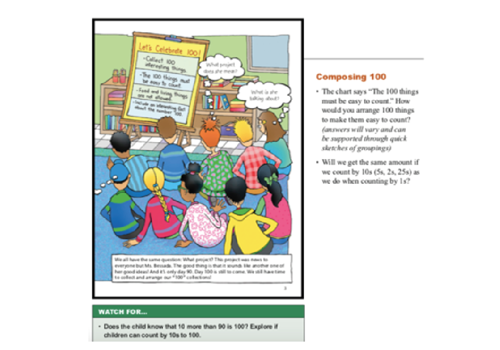 |
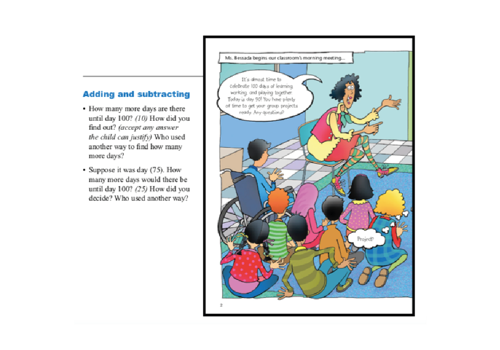 |
After reading, have the students represent the story with the Maths Mat activity found inside the back cover. In A Class Full of Projects students use The Maths Mat and base 10 materials to model different numbers and anecdotes from the story in a variety of ways, then use the materials to solve problems initiated by the story.
In the following days, select from a variety of whole class, small group and independent learning activities provided in the teacher’s guide, or be creative and use the story as a springboard for your own follow up lessons. Revisit the story with an enabling group, with each child having their own copy of the Little Book (rated at reading level I).
Again, choose appropriate prompts to promote further thinking and exploration of the concept, scaffolding the learning and following up by engaging the group with the digital interactive activity accessed through the QR code on the back cover, where students model numbers using their understanding of place value.
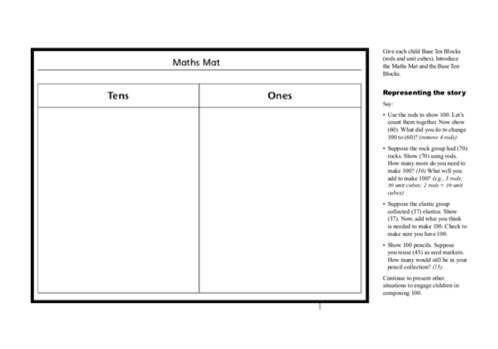 |
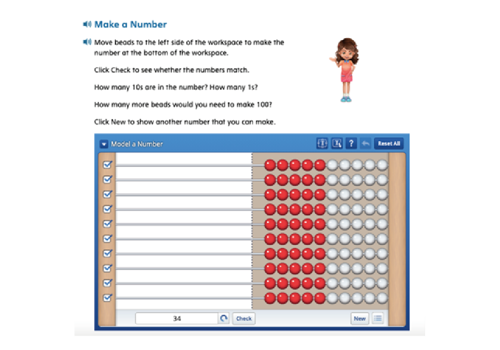 |
Engage an extension group in the game 'Adding to Make 100', where they will use dice prepared with the numbers 5, 10, 15, 20, 25 and 30; rolling the dice, adding the numbers and recording the results in equations and on a hundred chart. Use the provided Watch Fors and Probes to gauge student understanding and help them explain their thinking.
Have the whole class engage in the activity 'This is 100' modelling and recording ways of grouping items to count collections of 100, similar to the way the students in the story did. While students are working, use the suggested Watch Fors to evaluate understanding and record student progress on the provided assessment checklist.
Engage parents and follow up with learning activities at home by choose the game ‘Race to 100’ from the suggested Home Connection Options, where students and their parents use selected playing cards and a hundred chart to add numbers to an ever-increasing running total - racing to be the first to the ‘finish line’ of 100.
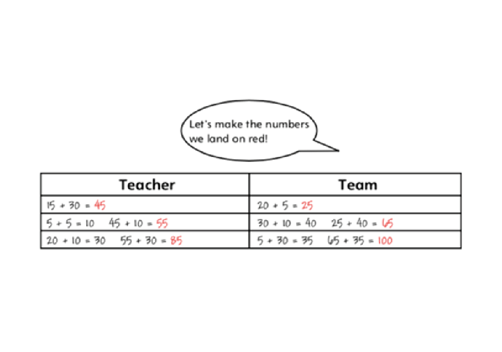 |
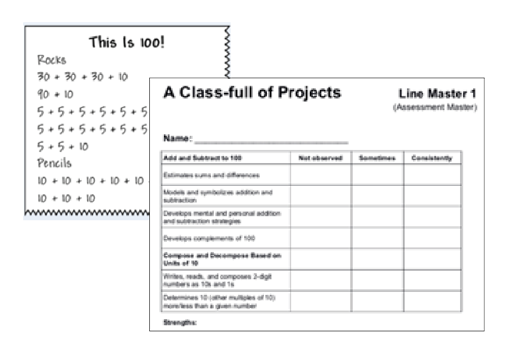 |
As with all Mathology Little Books, A Class Full of Projects builds the confidence of teachers to deliver effective, hands-on teaching and learning targeted to student needs through an engaging, accessible story and differentiated learning activities.
Little Books are available as title packs, with each set containing 6 Little Books, a Teacher’s Guide including follow up lessons and digital access to the story with read along audio, a related interactive activity and portal access to downloadable support materials. There are currently 63 titles available for K-3. Little Books can be used independently or alongside Mathology TEACH, a newly released Pearson Australia online primary maths planning and formative assessment resource.
Read this article and many more in The Mathematical Association of Victoria's (MAV) quarterly magazine, The Common Denominator (Term 4 2021, page 22).
*Big Maths Ideas are from Pearson’s research based Learning Progression

